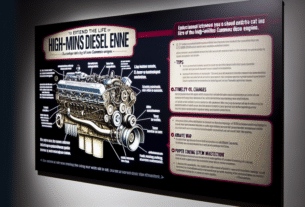Imagine heading out one morning to find your driveway flooded after a heavy rain, only to realize your car’s battery has been sitting in water. It’s a stressful moment, but before you panic, it helps to know how susceptible automotive batteries are to moisture and what steps you can take to minimize damage. Water and electricity don’t mix well, yet a little know-how can keep you on the road.
Most modern car batteries are housed in plastic casings designed to repel light splashes and brief exposure. However, they aren’t built to be submerged. The seals and vents around the battery can let water in if it’s fully underwater, potentially compromising the internal components. Understanding this distinction is key to gauging how worried you need to be.
When water seeps into a battery, it can trigger corrosion on terminal posts and shelving. Moisture can also create unintended electrical paths, causing short circuits that sap charge or even damage battery cells. In saltwater or heavily contaminated floodwater, the chemical attack accelerates, posing a more immediate threat to battery health and your vehicle’s electrical systems.
Your first step after discovering a wet battery is safety: turn off the engine, remove jewelry, and wear protective gloves. Carefully disconnect the negative (black) cable, then the positive (red) cable. This isolates the battery and prevents arcing. If you notice any cracking, bulging, or unusual leaks, it’s best to call a professional rather than risk handling a damaged unit yourself.
Once disconnected, gently rinse the battery casing with clean, fresh water to remove mud or debris—avoid harsh sprays that could force water into the vent holes. Use a soft brush and a mild baking soda solution to neutralize any acid residue. After cleaning, let the battery air-dry completely in a well-ventilated area, away from direct heat sources that might warp the shell.
Prevention is always better than cure. Invest in a sturdy battery cover or tray designed to keep liquids at bay. Park strategically: avoid deep puddles and never drive through water of unknown depth. Regular inspections will help you spot early signs of corrosion or wear, allowing you to address minor issues before they escalate into costly repairs or roadside breakdowns.
In the end, a little preparation and prompt action can mean the difference between a quick cleanup and a fried battery. By treating a wet battery with care—disconnecting safely, cleaning thoroughly, and drying completely—you significantly extend its lifespan. Remember, vigilance and maintenance are your best defenses against the unexpected twists that come with driving in wet conditions.




